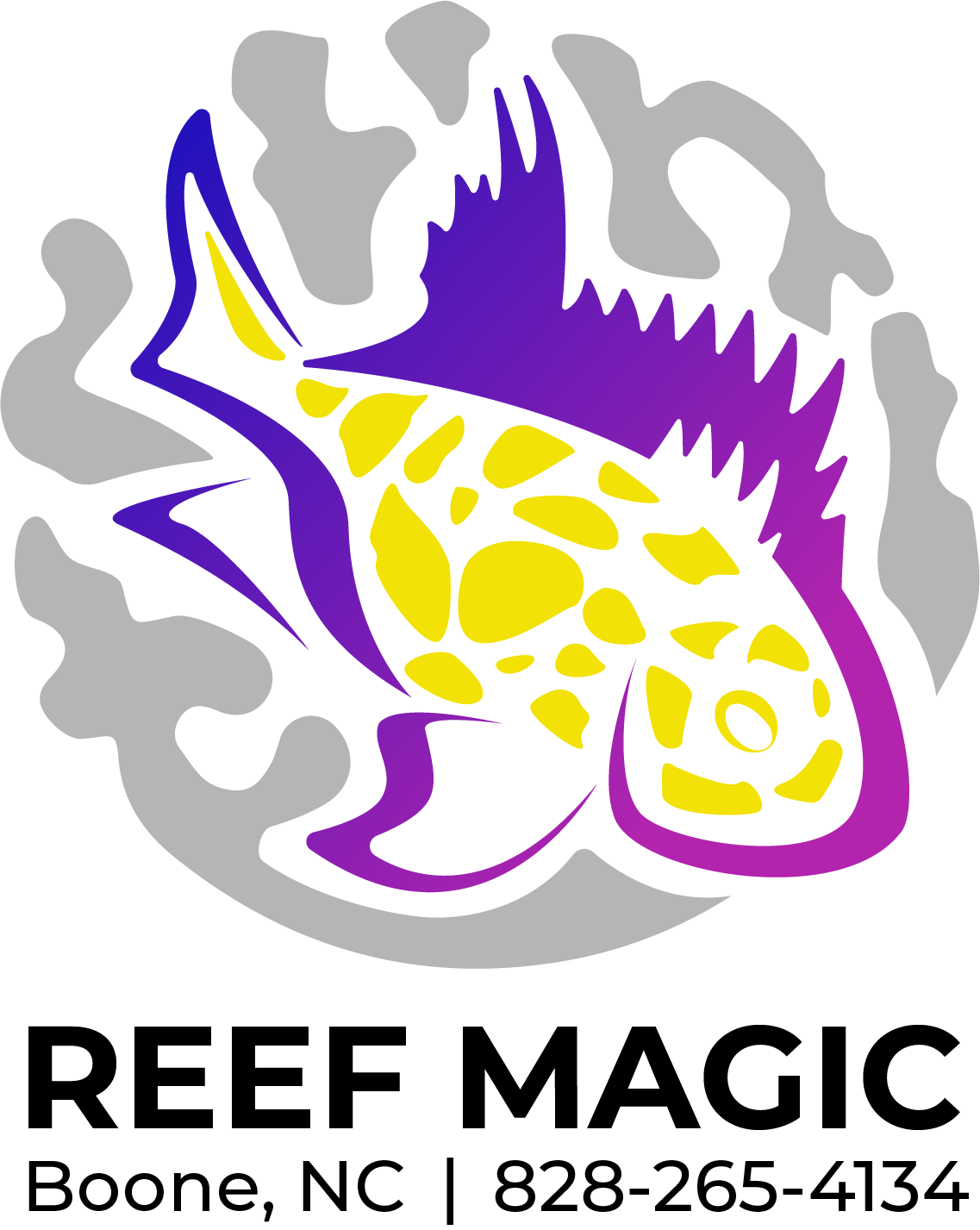 Image 1 of 1
Image 1 of 1


Blenny - Red Lipped Atlantic
The Horseface Blenny (Equula species) also Known as the Red Lipped Blenny is a small, fascinating fish known for its elongated snout and unique appearance. While specific care requirements may vary slightly depending on the exact species of Horseface Blenny, here are some general guidelines to consider:
Aquarium Size: Horseface Blennies are relatively small fish, but they still require a tank with a minimum size of 20 gallons (75 liters) to provide them with enough swimming space and territory.
Tank Setup: Provide plenty of hiding places and rockwork with crevices and caves, as Horseface Blennies like to hide and perch among the rocks. Use live rock or artificial structures to create a complex and natural-looking environment.
Water Parameters: Maintain stable and pristine water conditions for the Horseface Blenny. The ideal water temperature should range from 75 to 82°F (24 to 28°C). The pH level should be between 8.1 and 8.4, and the specific gravity should be around 1.020 to 1.025. Regularly test and monitor water parameters to ensure they remain within the appropriate range.
Filtration and Water Flow: Horseface Blennies can tolerate a moderate water flow, but excessive flow should be avoided. A good quality filtration system with appropriate mechanical, biological, and chemical filtration methods is important to maintain excellent water quality.
Tank Mates: Horseface Blennies are generally peaceful and can coexist with other peaceful community fish. However, they may become territorial towards other blennies or fish with a similar body shape or coloration. Ensure that tank mates are compatible and provide enough space for each fish to establish its territory.
Diet: Horseface Blennies are primarily herbivorous and should be offered a diet rich in algae and vegetable matter. Provide high-quality marine-based flakes or pellets specifically formulated for herbivorous fish. Supplement their diet with frozen or live foods such as brine shrimp, mysis shrimp, and spirulina-based preparations. It's important to provide a balanced diet to meet their nutritional needs.
Feeding Frequency: Feed Horseface Blennies small portions of food multiple times a day. They have small stomachs and benefit from frequent feeding. Monitor their appetite and adjust the feeding frequency accordingly, being cautious not to overfeed.
Water Quality Maintenance: Regular water changes, typically 10-20% every two weeks, are important for maintaining excellent water quality. Monitor and maintain appropriate levels of ammonia, nitrite, and nitrate using suitable test kits. Consistent water quality helps prevent stress-related diseases and promotes the overall health of the fish.
Observation and Care: Regularly observe the behavior and physical condition of the Horseface Blenny. Look for signs of stress, disease, or abnormal behavior. Provide a peaceful and stress-free environment to help them thrive. If any issues arise, take appropriate action promptly, such as adjusting water parameters, seeking advice from a knowledgeable aquarist, or consulting a veterinarian specializing in fish health.
By providing a suitable environment, a proper diet, and attentive care, you can create a thriving habitat for the Horseface Blenny in your aquarium.
The Horseface Blenny (Equula species) also Known as the Red Lipped Blenny is a small, fascinating fish known for its elongated snout and unique appearance. While specific care requirements may vary slightly depending on the exact species of Horseface Blenny, here are some general guidelines to consider:
Aquarium Size: Horseface Blennies are relatively small fish, but they still require a tank with a minimum size of 20 gallons (75 liters) to provide them with enough swimming space and territory.
Tank Setup: Provide plenty of hiding places and rockwork with crevices and caves, as Horseface Blennies like to hide and perch among the rocks. Use live rock or artificial structures to create a complex and natural-looking environment.
Water Parameters: Maintain stable and pristine water conditions for the Horseface Blenny. The ideal water temperature should range from 75 to 82°F (24 to 28°C). The pH level should be between 8.1 and 8.4, and the specific gravity should be around 1.020 to 1.025. Regularly test and monitor water parameters to ensure they remain within the appropriate range.
Filtration and Water Flow: Horseface Blennies can tolerate a moderate water flow, but excessive flow should be avoided. A good quality filtration system with appropriate mechanical, biological, and chemical filtration methods is important to maintain excellent water quality.
Tank Mates: Horseface Blennies are generally peaceful and can coexist with other peaceful community fish. However, they may become territorial towards other blennies or fish with a similar body shape or coloration. Ensure that tank mates are compatible and provide enough space for each fish to establish its territory.
Diet: Horseface Blennies are primarily herbivorous and should be offered a diet rich in algae and vegetable matter. Provide high-quality marine-based flakes or pellets specifically formulated for herbivorous fish. Supplement their diet with frozen or live foods such as brine shrimp, mysis shrimp, and spirulina-based preparations. It's important to provide a balanced diet to meet their nutritional needs.
Feeding Frequency: Feed Horseface Blennies small portions of food multiple times a day. They have small stomachs and benefit from frequent feeding. Monitor their appetite and adjust the feeding frequency accordingly, being cautious not to overfeed.
Water Quality Maintenance: Regular water changes, typically 10-20% every two weeks, are important for maintaining excellent water quality. Monitor and maintain appropriate levels of ammonia, nitrite, and nitrate using suitable test kits. Consistent water quality helps prevent stress-related diseases and promotes the overall health of the fish.
Observation and Care: Regularly observe the behavior and physical condition of the Horseface Blenny. Look for signs of stress, disease, or abnormal behavior. Provide a peaceful and stress-free environment to help them thrive. If any issues arise, take appropriate action promptly, such as adjusting water parameters, seeking advice from a knowledgeable aquarist, or consulting a veterinarian specializing in fish health.
By providing a suitable environment, a proper diet, and attentive care, you can create a thriving habitat for the Horseface Blenny in your aquarium.






